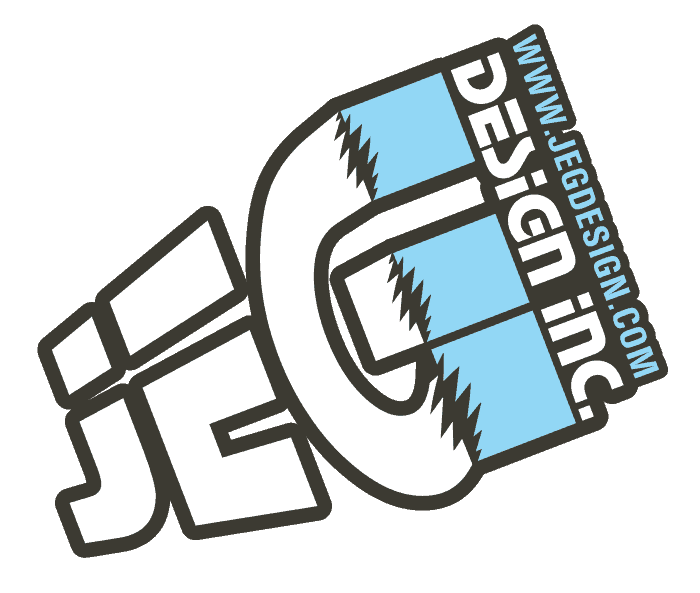“Creative thinking inspires ideas. Ideas inspire change.” — Barbara Januszkiewicz
With Ideas, they crop up like feelings; feelings surface like thoughts; thoughts happen like breaths, and breaths are the most natural human behavior there is.
By that rationale — if ideas occur with little effort, why do many struggle with this phase, Ideate, immensely? Psychology Today will try to convince you that as entrepreneurs, we are also firefighters. Constantly having to put them out or waiting for the alarm to ring with another inferno on the cusp. Sold. I can buy that.
However, for a few years now, I’ve been studying and practicing how to break into the entertainment industry as a screenwriter. Dare to dream, right? If there is a common theme I’ve gleaned (aside from how goddamn difficult it is) it’s how little time we spend on the premise, the idea phase. And how this is the biggest mistake for anyone who is trying to create something magical.
This article is to make sure you don’t make that mistake. We devote this article to showing you how critically important this phase in the Design Thinking Process is.
In the two previous pieces, we showed you how to empathize — consume the information, investigate.
We also outlined how you Define — describe specifically what the issue/mission at hand is.
Today, we create ideas. Empathetic solutions to the defined problems.
We’ll show you, as defined by the Hasso Plattner Institute of Design:
- WHAT is Ideate – Ideate is the mode of the design process in which you concentrate on idea generation.
- WHY Ideate – You ideate in order to transition from identifying problems to creating solutions for your users.
- HOW to Ideate – You ideate by combining your conscious and unconscious mind and rational thoughts with imagination.
Then, at the conclusion, we’ll show you how to transition to the next phase — prototype.
But for those of you who were/are silent during brainstorming sessions, let us tell you what Ideation is composed of.
Why Ideate?
Have you ever seen a therapist/counselor? When they ask what the problem is — because you clearly have a problem if you’re visiting with them — do they stop after you state what the problem is? No, because this barely scratches the surface of what ultimately causes said problems.
We can say the same about creative Vermont web design ideas.
When you sit and ponder ideas, you’re simultaneously creating solutions. And since you don’t live in the world of your client — it may take your idea mojo a moment to warm up. More importantly, you’ll stop being safe.
Think about this for a moment — when you learned how to drive a car, you white-knuckled your mom’s Geo Metro at 20 mph down every side street in your small town. However, after driving for a bit — you’re suddenly redlining that micro-machine up and down the nearest Interstate.
In simpler terms, with comfort comes the willingness to take more risks. Remember this if you remember anything from this article — the Ideation Phase is the point where this is not only permitted, it’s encouraged.
Whether you’re solo or have a team — you’re just jamming. Afterwards, is where you create your music.
But how do you do this?
How to Ideate?
You ideate by combining your conscious and unconscious mind and rational thoughts with imagination.
When I read this definition by the Hasso Plattner Institute, I laughed. I mean, wow. Simply combine your consciousness with your unconsciousness, while being both rational and imaginative?! If there was a drug that could do this, I would easily be addicted.
But this is the phase where all ideas supposedly flow like salmon to Capistrano, right? Unfortunately, as mentioned at the beginning, a plethora of you struggle with great intensity to extract just one idea from your brain.
That’s why there are a variety of ways to create the surplus of ideas necessary to discover the optimal solution(s) for your Defined dilemma(s).
Whether it’s brainstorming with your team, mind mapping, building, sketching, or whatever works for you — it’s imperative you have a Judgement free zone, and let shit fly. And if you don’t have a team and/or are extremely shy — do this by yourself. Grab some notecards, post its, or just tear up 20 pieces of paper — and let the words flow. This is your unconscious. This is your imagination. And the cool thing about an imagination, while it’s not consciously being played with, it is still working on creating more ideas/solutions.
Think of it this way, have you ever played a game and hit a wall? So, you stop playing, just to get smashed in the face with the answer moments later? This is because your brain, while relaxed, in the background, your subconscious, is still plugging away.
All the while in the back of your head you know good and well that you’ll analyze the ideas and set aside the best, most realistically achievable ones. This is your conscious and rational mind.
Okay, so you got your practical and ludicrous ideas, now what?
Transitioning from Ideate to Prototype
How many of you had an idea so great, you could run a marathon you were so excited by it? Only for a few hours to tick away and with it, the adrenaline this idea created? Ideas are like infants, they constantly need to be fed. And a way to keep them from being malnourished is to take these ideas and select the ones (we suggest three) that will become your Prototype(s). In the next blog, we’ll dive much deeper into Prototypes.
Oh, and we also suggest conferring these ideas that will become your Prototypes with your team.
But if you don’t have a team, ask your spouse. If you don’t have a spouse, ask a member of your family. If you don’t have a member of your family, call a friend. And if you don’t have any friends, call JEG DESIGN INC, and we’ll give you our free opinion!
But no promise of being your friend…
Until next time…
— —
Written by Keith Hannigan. Keith is the co-owner and Chief Writer at SBI Content Creation LLC. A content writing company just outside of Atlanta, Georgia.
— —
Main Post Photo by Fakurian Design on Unsplash



